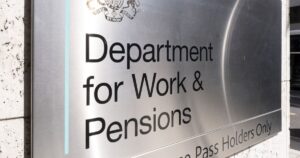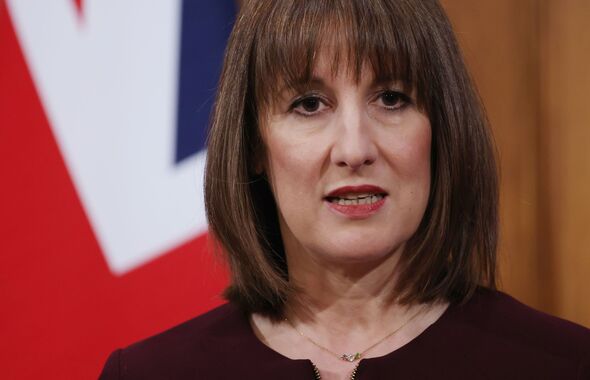
Missing the HMRC self-assessment deadline could mean losing out on hundreds – if not thousands – of pounds in unclaimed tax relief, warns a pensions expert.
Tax returns for 2023/24 must be filed by January 31, including submitting claims for tax relief – an opportunity some people may not realise they’re eligible for.
Lisa Picardo, chief business officer at PensionBee commented: “It’s estimated that over five million taxpayers are yet to fill out their Self-Assessment form for the previous tax year, so getting your ducks in a row before January 31 is crucial.
“For many, completing a tax return could unlock unexpected pension benefits.
“If you’ve changed jobs, started self-employment or entered a higher tax bracket, filing ensures you don’t leave valuable tax relief unclaimed.”
Higher earners can claim extra tax relief
In the five-year period between 2016 and 2021, PensionBee estimates that around £1.3billion was left to HMRC in unclaimed tax relief from higher and additional rate taxpayers.
Providers operating ‘relief at source’ pension schemes automatically add basic rate relief to pension contributions. Higher-rate taxpayers are entitled to an extra 20% relief, but they must actively claim it.
Ms Picardo said: “If you earn more than £50,270 and pay into a ‘relief at source’ pension, you might need to fill out a Self-Assessment return to claim your extra tax relief, which is an estimated £425 on average for a higher rate taxpayer.”
Carry tax relief forward
The annual contribution limit for the 2023/24 tax year is £60,000. This is the maximum you can contribute to your pension and still get tax relief for that year.
If you didn’t use the full contribution limit in previous years (for example, in 2022/23, the limit was £40,000), you can carry forward the unused allowance from those years and add it to this year’s limit.
So, if you didn’t contribute up to the £40,000 limit in 2022/23, and you’re contributing the full £60,000 in 2023/24, you could use that unused £40,000 from 2022/23 and contribute up to £100,000 in total across both years (as long as you meet the conditions).
Ms Picardo said: “To use carry forward, you must have been a member of a UK-registered pension scheme in the tax years you wish to carry forward from.”
Pension contributions can reduce taxable income for some
If you’re self-employed, pension contributions can reduce your taxable income, helping you save on tax while building your retirement savings.
Ms Picardo said: “Contributions are treated as a personal expense eligible for tax relief rather than a business expense, so they reduce your taxable income directly.
“For example, if you earn £60,000 and make £10,000 in pension contributions, your taxable income is reduced to £50,000, potentially lowering your overall tax bill.
“Unlike employees in workplace schemes, who typically receive automatic tax relief, self-employed individuals need to claim this relief actively, usually through Self-Assessment.”
A chance to review your overall financial situation
Completing a tax return allows individuals to review their financial situation and make necessary adjustments.
Ms Picardo said: “It’s essential to check with your employer or financial adviser to confirm that tax relief has been applied to your pension contributions – or if a claim needs to be made.
“Even if you’re not eligible for additional tax relief this year, reviewing your income, savings, and tax situation holistically ensures you’re making the most of available opportunities and could help avoid missing out on future benefits.”
People can use PensionBee’s tax relief calculator to check how much tax relief could be added to their pension pot.
HMRC says the “quickest and easiest” way to complete a tax return and pay any tax owed is to use HMRC’s online services. Visit the GOV.UK website and search ‘Self Assessment’ to get started.



















